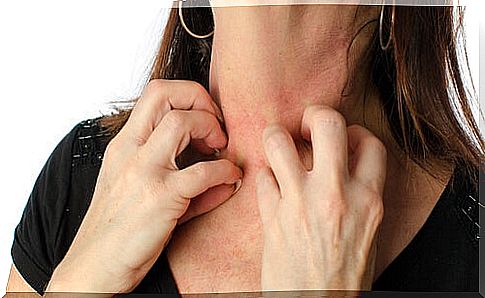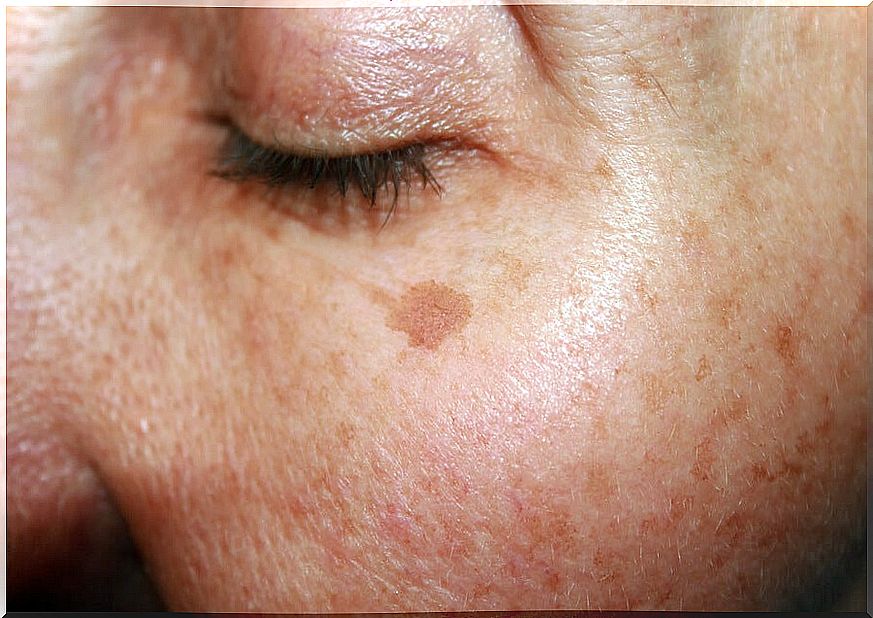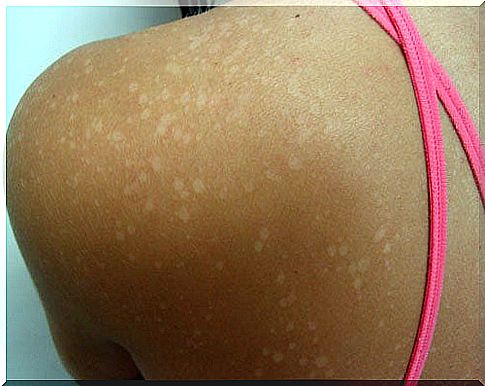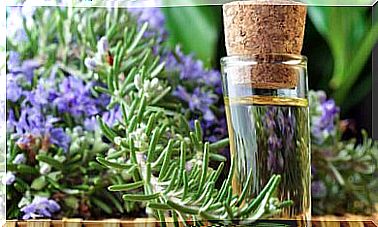Tips To Prevent Skin Diseases
The skin is the most visible organ of the human being, and possibly one of the most susceptible to diseases. Although skin pathologies are not usually serious, the symptoms are annoying. Do you know how to prevent the most common skin diseases?
No other organ in the human body shows such a high number of changes as the skin. This is because the dermis, which would be like the “border” of the human body, is exposed to multiple internal and external influences. Next, we are going to detail some useful keys to prevent skin diseases.
What are skin diseases?
The skin is the largest organ in the body, covering and protecting it. As detailed in an MSD Manual publication, it fulfills the following functions:
- Keeps body fluids within the body, thus preventing dehydration.
- Protects you against bacteria and viruses that can cause infections.
- Through touch, it helps to perceive the external world, whether it is hot or cold, whether it is wet or dry.
- Regulates body temperature.
- Make vitamin D when exposed to the sun.
Anything that irritates, clogs, or inflames the skin can cause symptoms such as redness, swelling, burning, and itching. Given these signs, it is best to consult a dermatologist for treatment. Now, is it possible to prevent these problems?
Keys to prevent certain skin diseases
Sometimes pain or discomfort is the first sign of the beginning of a skin condition; These symptoms inform if there are problems, even if they are not visible. Next, we tell you about certain common skin conditions and how to control them:
Rashes

The rashes are red, itchy, and sometimes even painful. Likewise, there are also those with the appearance of acne or measles.
The rash is a symptom of many different clinical pictures. For this reason, its prevention will be related to the cause that generates it ; To determine it, it is best to consult a dermatologist.
For example, if it is caused by an allergic reaction, the best measure will be to avoid this food or agent that causes it. Similarly, if the rash is due to the material of a garment, it will be convenient to stop using it, while if it is caused by the side effects of a medication, it would be preferable to discontinue its use.
With regard to treatment, there are several ways to manage a rash, depending on how severe it is. The most widely used drugs include cortisone creams – which relieve inflammation – and antihistamines. Of course, these have to be prescribed by the specialist.
Solar allergy
As detailed in a Mayo Clinic publication, this term encompasses different skin diseases such as polymorphic light eruption, solar urticaria, actinic prurigo or porphyria.
When sunbathing, some people experience the appearance of bumps or pimples on the face, décolleté, and arms. If this happens, it is necessary to consult a dermatologist to rule out the presence of more serious pathologies.
With regard to preventive measures, these have to do with minimizing exposure to sunlight. The Spanish Association of Medicines and Health Products recommends the following:
- Avoid exposure between 12 and 16 hours.
- Wear a hat.
- Do not expose yourself to the sun when the allergy begins to manifest itself.
- Cover the affected areas.
- Use special sun creams for allergies to the sun.
Sun spots or melasma

Pigmentation changes in the skin, known as melasmas, increase in summer with sun exposure. Some tips listed by experts for prevention include:
- Reduce sun exposure in the mustache area, cheeks and forehead, because they are the most affected areas. In addition to irritation, new spots may appear or existing ones may spread.
- Use sun protection measures, along with the use of caps or hats, sunglasses and stay in shady spaces.
- Apply the sunscreen 20 to 30 minutes before sun exposure and reapply every two hours to maintain the protective effect.
- Dispense with irritating cosmetics because some can be activated by the sun and produce inflammatory reactions. Consult with a dermatologist before starting the use of any skin product.
Athlete’s foot
This skin condition consists of a fungal infection that affects the feet, especially the interdigital spaces, that is, the areas between the toes. In these cases, specialists propose:
- Dry your feet thoroughly after washing, especially between the toes.
- Change socks and shoes daily.
- Do not put your feet in hot water for a long time, as it facilitates the penetration of the fungus.
- Avoid walking barefoot around swimming pools and public showers.
- Moisturize your feet every day.
When it comes to treating athlete’s foot, using an antifungal cream for a few days is usually sufficient. Also, foot baths with antiseptics – prescribed by the doctor – at the end of the day can be a good preventive measure.
Spots on the back or pityriasis versicolor

It is another type of fungal infection that, according to a specialized medical publication, affects more young adults. It is characterized by the appearance of well-defined, rounded, dark brown or pinkish-white macules covered with scales on the thorax and extremities.
These are the recommendations to reduce the chances of suffering from it:
- Be careful with sweat, sebum and high temperatures, as they are an optimal medium for the growth of fungi.
- During the summer, avoid tight-fitting and poorly breathable clothing.
- Wipe off excess sebum and sweat with a mild cleansing lotion.
- In spring and summer, apply anti-pityriasis versicolor medications as directed by the dermatologist. These can be obtained in the form of soaps or shampoos; its use can prevent relapses.
- Using an antifungal cream may be sufficient for healing, although the most resistant ones require taking oral medication.
Daily habits to prevent skin diseases
Finally, we can conclude that the prevention of the most frequent skin diseases is highly related to the habits of each person in terms of hygiene. For example, keeping the skin dry is a fundamental question.
Likewise, we must be careful with foods and products that can cause allergic reactions. We will immediately notice when something “does not like” the body, and the skin is a scenario in which this usually manifests itself. It is just a matter of good hygiene, being vigilant and seeing the doctor when necessary.









